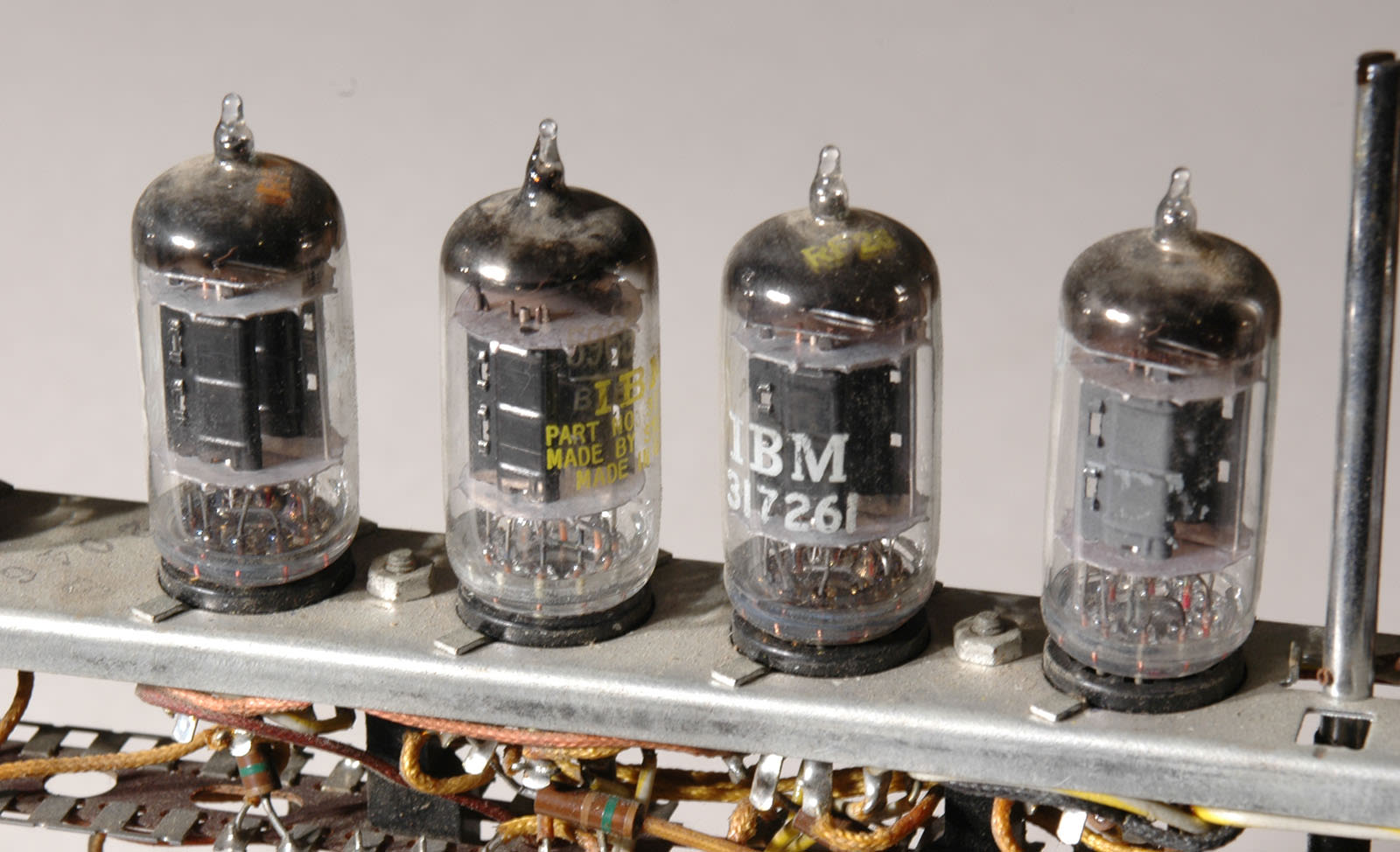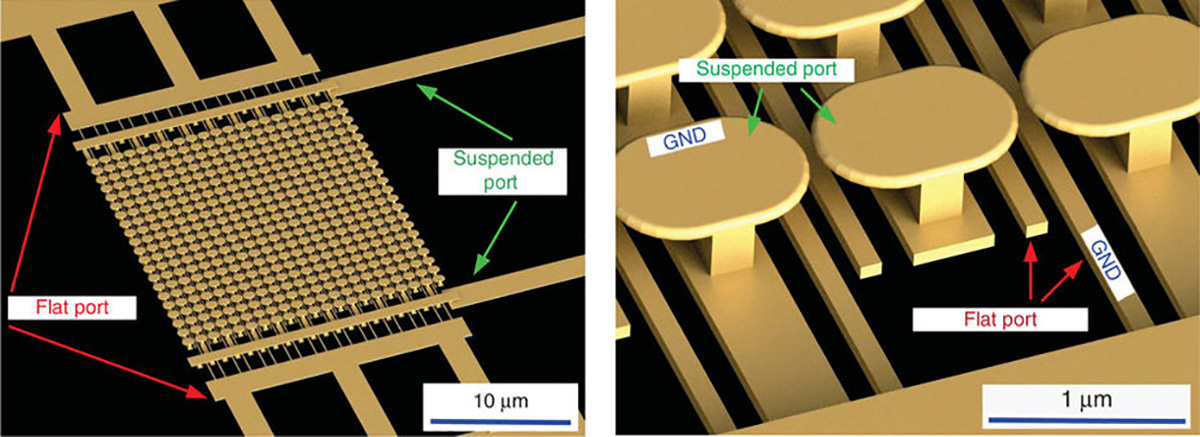Computer Chip Without Semiconductors?
History can tell that the first computers used vacuum tubes for their circuitry. It goes with magnetic drums for the computer’s memory, which were usually huge that they take a lot of space, even an entire room.
Operating them was expensive and electricity-intensive, enabling the computer to generate a lot of heat, further causing its malfunctions. UNIVAC and ENIAC computers were among the first-generation computing devices which flourished starting 1940s.

It wasn’t until the late 1950s that the replacement for vacuum tubes was used widely among computers, despite being invented in 1947. Transistors, which ushered the second generation of computers, had allowed computers to become smaller, faster, cheaper, more energy-efficient, and more reliable than their predecessors. They are composed of semiconductors which are the lifeblood of today’s gadgets and computers.
Since then, the vacuum tubes weren’t tapped to be in computer chips – until now.

Researchers from University of California, San Diego have turned to the idea of vacuum tubes. With the present technology, they have made the vacuum tubes at tiny sizes with a dependable efficiency.
Although transistors marked to be one of the greatest inventions in computing, they have been difficult to deal with in terms of making it smaller while keeping its power.
Another thing about transistor semiconductor materials is that the electron flow inside is slowed as electrons collide with atoms. This requires a boost of external energy to get electrons moving.
This problem is solved with the nanoscale vacuum tubes that the scientists developed.
Instead of carrying currents through a solid material like in semiconductor-based transistors, the nanoscale vacuum tubes can do that through air. But freeing up electrons to carry currents through air usually takes a large voltage or a powerful laser to accomplish, which are difficult to do at the nanoscale.

Scientists found a solution to this problem by creating a layer of special mushroom-style structures made of gold – known as an electromagnetic metasurface – and placing it on top of a layer of silicon dioxide and a silicon wafer.
This gives the structure enough energy to free the electrons from the metal through the ‘hot spots’ with high-intensity electric fields created upon applying a low-powered voltage (less than 10 volts) and a low-powered laser to this metasurface.
Tests were conducted to compare the nanoscale vacuum tubes with and without the metasurface. It was found that a 1,000 percent, or 10-fold, increase in conductivity was achieved when it had the metasurface.
Before this gets to the mainstream though, the researchers have to make the system practical for use in actual devices. But they believed that fine-tuning this will yield applications in new kinds of solar panels, among others.
Lead researcher and electrical engineer Dan Sievenpiper acknowledges that this can only compete with semiconductor devices and not totally overshadow them. He says, “This certainly won’t replace all semiconductor devices, but it may be the best approach for certain specialty applications, such as very high frequencies or high power devices.”
For now, it’s all proof-of-concept. Check their findings in the video below:
















